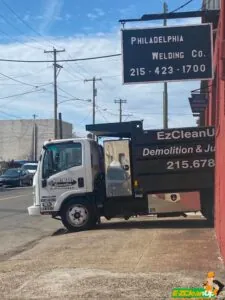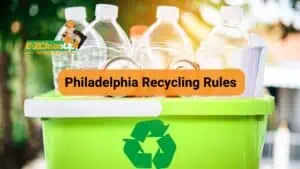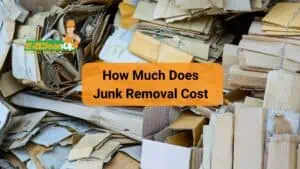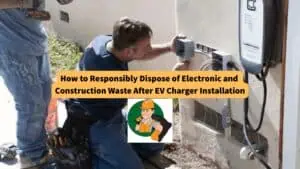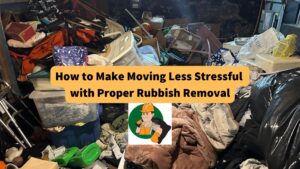To dispose of tarps responsibly, consider recycling, repurposing for projects like garden protection or durable liners, donating to those in need, or using professional removal services for large quantities or contamination. Ensuring tarps are clean maximizes their potential for reuse.
Learn more answers to – “how do you get rid of tarps” in our guide below.
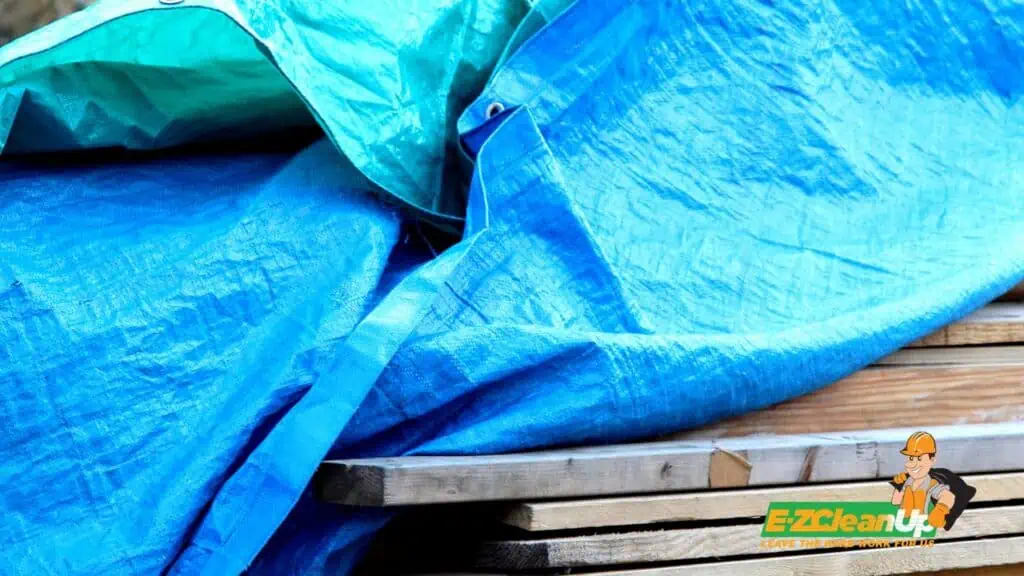
Top Disposal Options for Tarps
Tarpaulins, or tarps, as they are more commonly known, are an essential tool across various sectors, employed for purposes ranging from dust control to waste disposal and serving as interim landfill covers. These versatile materials, however, come with an environmental cost due to the nature of their construction materials, such as polyethylene and vinyl.
Polyethylene, a widely used plastic, contributes to pollution and landfill waste due to its durability and slow decomposition rate. Vinyl, another common tarp material, is even more problematic. It not only takes an extended period to break down but also releases harmful chemicals into the environment during its lifecycle.
The disposal of tarps demands attention and action. Improper disposal methods, such as dumping in landfills, worsen environmental pollution and waste management issues. Here are some eco-friendly solutions for disposing of tarps.
Option #1: Recycling Possibilities for Tarps
Exploring recycling options for tarps is a crucial step in reducing their environmental impact. Given that tarps are often made from materials like polyethylene and vinyl, understanding how to properly recycle them is essential.
Identifying Recyclable Tarps
Recycling plastic tarps requires adherence to certain conditions to ensure the process is efficient and environmentally friendly:
- Material Composition: Look for tarps made from recyclable plastics like HDPE (High-Density Polyethylene) and LDPE (Low-Density Polyethylene). These materials are preferred for recycling due to their compatibility with the recycling process.
- Condition of the Tarp: Inspect the tarp for damage; tarps with minimal damage, such as small tears or holes, are more suitable for recycling. Recycling facilities often reject tarps with extensive damage or those that are severely compromised, as they may not be effectively processed.
- Cleanliness: Ensure the tarp is free from dirt, mud, and other debris. Cleaning the tarp before recycling prevents contamination during the recycling process. Remove any attached materials or contaminants, such as metal grommets or adhesives, as they can interfere with the recycling machinery and reduce the quality of the recycled material.
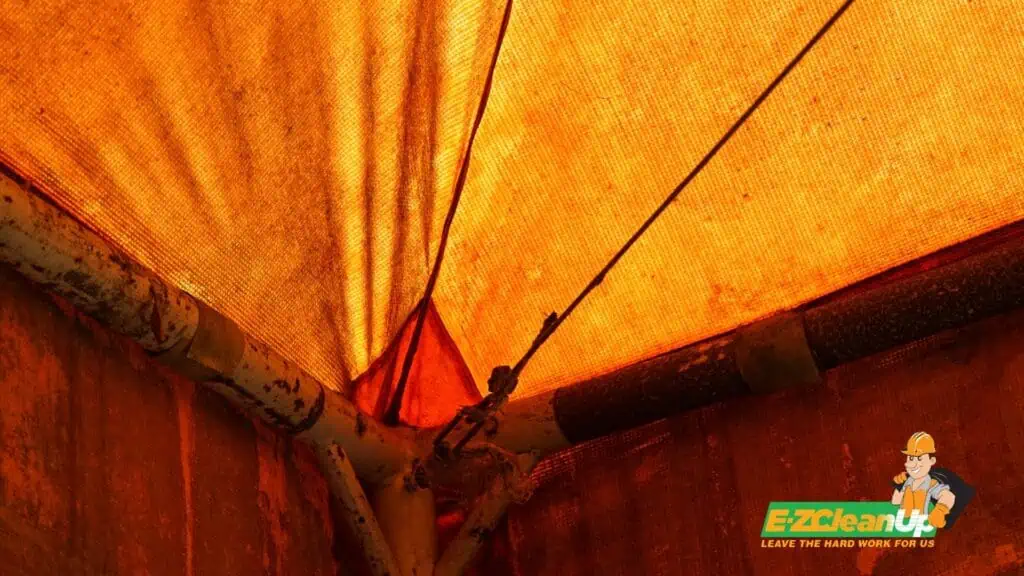
Locating Recycling Facilities That Accept Tarps
Discovering facilities that can process and recycle tarps involves a few steps. Begin by contacting local recycling centers or waste management facilities to inquire if they accept tarps and under what conditions.
Challenges in Tarp Recycling
The recycling of tarps presents unique challenges, primarily due to the materials from which they are made and the traditional processes available for recycling.
Why Some Tarps Can’t Be Recycled Traditionally
Traditional recycling methods struggle with tarps for several reasons:
- Material Composition: Aside from posing challenges for traditional recycling methods, the structure of tarps, often a woven fabric coated with plastic, further complicates separation and processing in standard recycling facilities.
- Additives and Contaminants: Tarps often contain additives such as UV stabilizers and colorants, which can hinder the recycling process by affecting the quality of the plastic. Exposure to the elements can cause tarps to accumulate dirt and debris, which will require extensive cleaning before recycling. This cleaning process is not always feasible or cost-effective.
- Recycling Infrastructure: The current recycling infrastructure lacks the specialized equipment and processes needed to efficiently handle and recycle tarps. As a result, many tarps end up in landfills instead of being repurposed or recycled.
Option #2: Reuse and Repurposing of Tarps
Tarps offer a versatile solution for various outdoor and indoor needs. You only have to let your creativity flow. Here are some upcycling ideas to get you started:
Protective Covers for Plants Against Frost
To protect plants from frost, measure the area of your garden that needs coverage. Cut the tarp to size and ensure it is large enough to cover the plants completely.
Drape the tarp over the plants in the evening before the frost hits, and secure the edges with rocks or heavy objects to prevent it from blowing away. Remove the tarp during the day to allow sunlight and air circulation.
Weed Barrier Under Mulch
Cut the tarp to fit the desired area of your garden bed where you wish to prevent weed growth. Lay the tarp flat on the soil and ensure it covers the entire area.
Cut small X-shaped slits where you plan to plant your vegetation, and then cover the tarp with a layer of mulch. This will effectively block weeds while allowing your plants to grow.
Durable Liners for Raised Garden Beds
Measure the interior of your raised garden bed to determine the size of the tarp needed. Cut the tarp to fit these dimensions. Allow for some extra material to cover the sides.
Place the tarp inside the bed, pressing it against the bottom and sides, and secure it with staples or tacks to the wooden frame. Trim any excess material from the top for a neat finish.
Sturdy Tote Bags and Backpacks
Cut two rectangular pieces of tarp to the desired size of your bag. Sew the sides and bottom of the rectangles together, and leave the top open.
Create straps from additional tarp strips or use rope, and sew them to the top edge of the bag for handles or backpack straps. You can add a closure mechanism like a zipper or Velcro at the top for security.
Protective Floor Coverings
Measure the area of the floor you need to cover. Cut the tarp to size and allow a few extra inches for overlap at the edges.
Lay the tarp flat on the floor, and tape the edges to the floor with painter’s tape to prevent slipping. Overlap any additional pieces of tarp where necessary to ensure complete coverage.
Outdoor Furniture Covers
Measure your patio furniture to determine the amount of tarp needed to cover each piece completely. Cut the tarp to size and allow extra material for draping over the furniture.
For a snug fit, add Velcro straps or ties at the bottom of the cover to secure it around the furniture. This will protect your outdoor furniture from rain, sun, and debris.
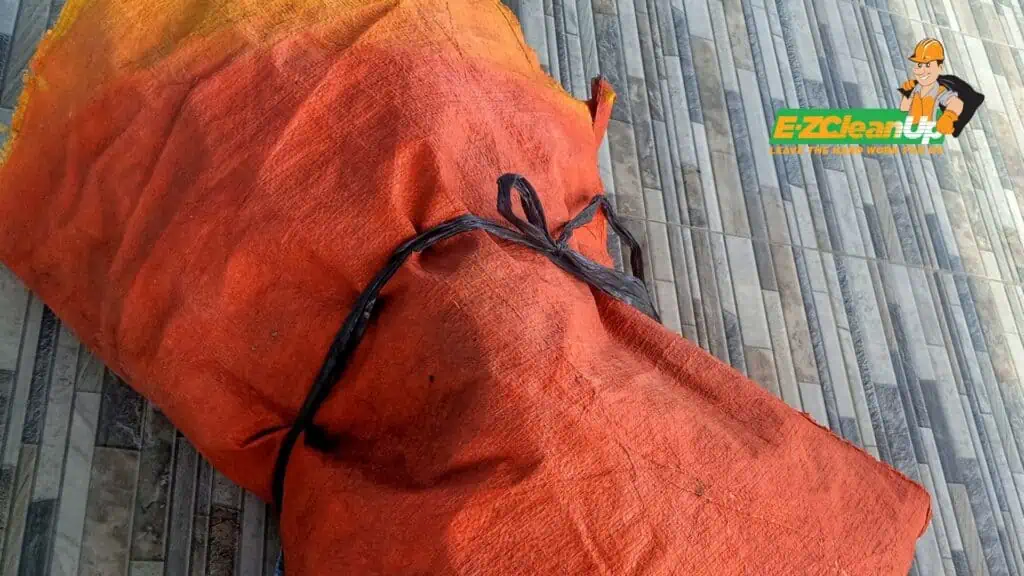
Option #3: Donating Usable Tarps
If you have tarps that are still in good condition but no longer needed, consider donating them. Various organizations and groups, including local shelters, farms, and community gardens, often need tarps for different purposes.
Contacting local paint contractors, daycares, or educational institutions can also uncover opportunities to donate tarps for use in their projects or activities. Utilizing online platforms like social media groups or community forums can help connect you with individuals or organizations in your area that could benefit from donated tarps.

Option #4: Professional Removal and Disposal Services
When disposing of old tarps, especially in large quantities or when they are contaminated with hazardous substances, professional removal and disposal services become invaluable. These services ensure that the tarps are handled in a manner that is both safe and compliant with environmental regulations.
When to Consider Professional Removal Services
Professional removal services should be considered in specific circumstances to ensure proper disposal of tarps. This is particularly important when the tarps are contaminated with hazardous materials like asbestos or lead, which pose significant health and environmental risks.
Additionally, dealing with a large quantity of tarps, which might be challenging to dispose of through regular channels, warrants the engagement of professional services. These experts have the knowledge and resources to manage the disposal process efficiently and safely while adhering to all relevant regulations.

Selecting a Reputable Disposal Service
Choosing the right disposal service is crucial. It’s essential to opt for a company that is not only experienced but also licensed to handle and dispose of the specific materials your tarps are made of.
A reputable service will adhere strictly to environmental regulations and will ensure that the tarps are disposed of in a manner that minimizes their impact on the environment. To find such a service, look for companies with positive reviews and a proven track record of responsible disposal practices.
Confirm that they have the necessary certifications and permits to operate in your area, and don’t hesitate to ask about their disposal methods to ensure they align with your environmental values.
If you’re in Philadelphia and require this service, EZ CleanUp provides dependable and environmentally friendly solutions for disposing of tarps and other unwanted items. We are equipped to manage a wide range of waste materials, with the exception of items contaminated by hazardous substances.
Cleaning and Maintenance Before Disposal
Ensuring tarps are clean and well-maintained is crucial before they are disposed of, reused, or donated. Proper cleaning can refresh a tarp for further use, while good maintenance practices can prolong its lifespan.
How to Clean a Tarp for Reuse or Donation
Cleaning a tarp properly is essential, whether you’re preparing it for reuse, donation, or even recycling.
- Remove Loose Debris: Begin by vigorously shaking the tarp to remove any loose dirt, leaves, or debris from its surface.
- Wipe with a Mild Detergent Solution: Prepare a cleaning solution by mixing a mild detergent with water. Use a clean cloth or sponge to gently wipe down the entire surface of the plastic tarp with this solution.
- Scrub Stubborn Dirt: For areas with stubborn dirt, utilize a soft-bristled brush to scrub gently. This method helps remove tough stains without damaging the tarp’s material.
- Rinse Thoroughly: After cleaning, rinse the tarp thoroughly with clean water to remove all traces of soap. It’s crucial to ensure no detergent residue is left behind, as it can attract more dirt over time.
- Air Dry in a Shaded Area: Lay the tarp out to dry in a shaded area. Direct sunlight can degrade the material over time, so avoiding prolonged exposure ensures the tarp remains in good condition.
- Inspection Before Donation: Once the tarp is completely dry, inspect it for any remaining dirt or damage. A clean, intact tarp is more likely to be accepted for donation and useful for its new owner.
Storing Tarps to Extend Their Lifespan
Once cleaned and dried, fold the tarp carefully to avoid creases that can weaken the material over time. Store it in a cool, dry place, away from direct sunlight and sharp objects that could cause tears or punctures.
If possible, hang large tarps or store them loosely rolled to prevent stress on any one area. By storing your tarps correctly, you can ensure they remain in good condition for future use and reduce the need for frequent replacements while contributing to sustainability efforts.

Frequently Asked Questions
Can Blue Plastic Tarps Be Placed in Curbside Recycling Bins?
Blue plastic tarps are not suitable for curbside recycling bins. These tarps, typically made from materials like polyethylene, require specific recycling processes not available in standard curbside programs.
Are There Any Environmental-Friendly Alternatives to Traditional Plastic Tarps?
Yes, there are several environmentally-friendly alternatives to traditional plastic tarps. Options include tarps made from recycled materials, organic cotton, canvas, or even hemp.
These materials offer durability and functionality while being more sustainable and, in some cases, biodegradable, reducing the environmental impact associated with their disposal.
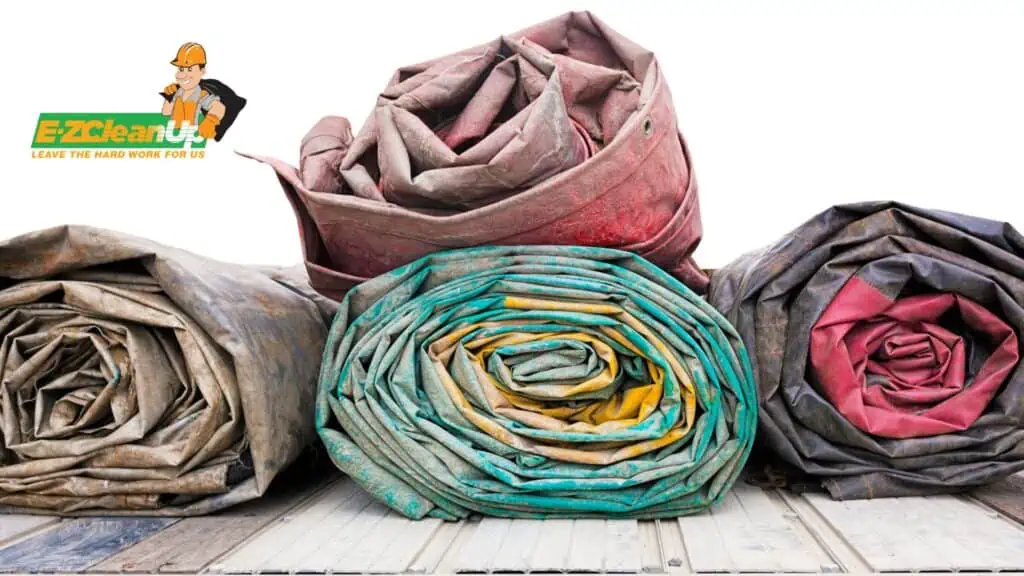
Can Tarps Be Composted or Biodegraded in an Eco-Conscious Manner?
Most conventional tarps made from polyethylene or vinyl are not compostable or biodegradable. However, tarps made from natural materials like cotton or hemp can decompose over time under the right conditions.
If you’re looking for eco-conscious disposal options, seek out biodegradable tarp alternatives or consider repurposing the tarp to avoid sending it to a landfill.

Sustainable Tarp Disposal at EZ
Proper disposal of tarps is crucial for environmental sustainability. By recycling, repurposing, or donating tarps, we can significantly reduce waste and pollution. It’s essential to find eco-friendly ways to handle these materials responsibly.
If you’re in Philadelphia and need help disposing of tarps without hazardous contamination, EZ CleanUp can assist. We offer environmentally friendly services to ensure your tarps are disposed of in a way that benefits the planet.
Contact us for support in managing your tarp disposal responsibly.


